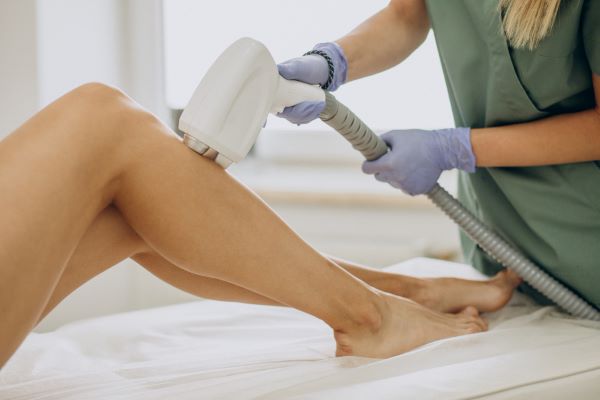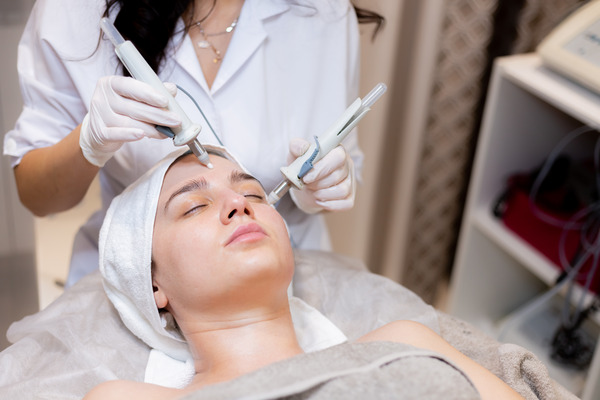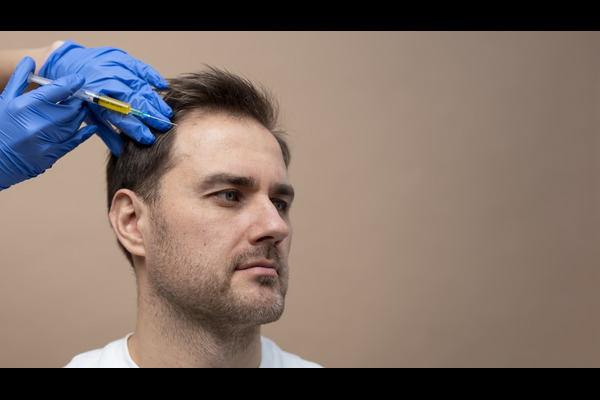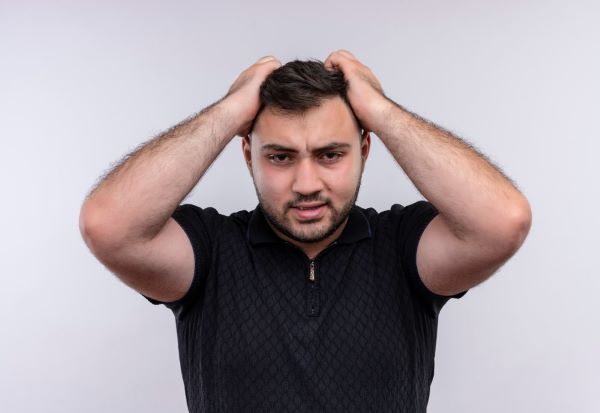
The Real Reasons Why A Hair Transplant Fails And How To Avoid Them
Planning for a hair transplant surgery yet worried about what will happen if your hair transplant fails? You are not alone. Finalizing a surgical procedure in itself is a tough decision to make given that every surgery comes with its risks. A hair transplant is no different. However, apart from the general risks of a failed surgery, a failed hair transplant can mar one’s overall physical appearance. That is why it is important to consider if the benefits outweigh the risks of your hair transplant surgery.
In this post, we will talk about hair transplant failures. What causes a hair transplant to fail and how you can significantly reduce the chances of a failed hair transplant are what we will let you know in this post.
What is the success rate of hair transplants?
Before getting into the topic of why hair transplants fail, let us start with why the hair transplant industry is booming. Hair transplant is quickly escalating to become one of the most sought-after cosmetic surgeries globally. It gives new hope for men and women struggling with baldness, especially from an early age. The success rate of hair transplants across the world is nearly 95%! The major upside is that it is a permanent procedure and the new hair that grows looks natural you can even dye or cut it just as you would for your original hair.
However, you should also be aware that hair transplant results are visible usually from the third month onwards. To view the final results, one may have to wait even up to one year depending upon their hair growth rate.
Why do hair transplants fail?
As mentioned earlier, hair transplants have a success rate of 95% and more! Here, we will discuss why the remaining 5% of hair transplants fail so that you can make an informed decision regarding getting a hair transplant.
1. Due to the patient:
a) Poor post-operative care:
Just because a hair transplant surgery is a daycare procedure and you can go home right after your surgery does not mean you can or should take it lightly. Following the proper aftercare guidelines as mentioned by your doctor is essential to ensure the best outcome following your hair transplant. This includes maintaining proper scalp hygiene, avoiding friction of transplanted hair with the pillow, etc.
Omitting this vital step is the most important reason why a hair transplant fails to give you the desired result, or worse, leaves an unsightly scar on your scalp that lasts a lifetime. Check out our blog on post-operative care following a hair transplant to know the dos and don’ts.
b) Not an eligible candidate:
A hair transplant is legally permitted once a person reaches adulthood or becomes 18 years of age. However, for males especially, we recommend waiting for a couple more years till their hair loss stabilizes. This helps identify their baldness pattern most accurately.
However, if a male opts for a hair transplant early in life, they may experience baldness in other parts of the scalp since a hair transplant cannot stop or prevent hair loss. It can cover up the effects.
Other factors like general health, age, genetic condition(if any), and the cause of baldness also influence whether a person is an eligible candidate for a hair transplant. Failing to abide by the surgeon’s advice and choosing to get a hair transplant anyway can result in a failed hair transplant at the end of the procedure.
To know the criteria of an ideal candidate for a hair transplant, read this blog.
c) Unrealistic expectations:
Many persons having a successful surgery complain of their hair transplant having failed because they set unrealistic standards and expectations from their procedure.
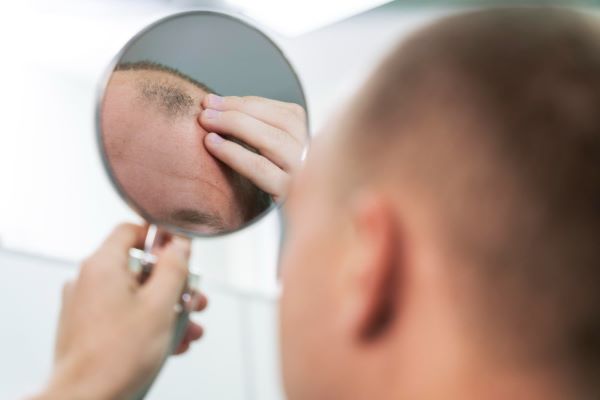
2. Due to the surgeon:
a) Lack of skill:
Getting your hair transplant by a plastic surgeon having no prior experience in the same can lead to a failed hair transplant. This is because it is a complex surgery that involves extensive skill. Only a qualified professional having practical knowledge of the procedure can ensure a safe and effective surgery. That is why even though an experienced hair transplant surgeon may charge higher, it is advised to get it done by one. This is because a hair transplant is usually a one-time investment and you want to ensure getting your desired result.
b) Incorrect patient selection:
Saying yes to a hair transplant surgery for a candidate who is not suitable for the procedure can cause hair transplant failures. This can happen either because the surgeon lacks experience-based knowledge. To ensure that your investment is worth the benefit, make sure that you give 100% accurate information to your hair transplant surgeon. Do not hide any medical condition in your past history. Let them know if you are under treatment for any underlying disease and what medication you are taking.
c) Improper handling of hair grafts:
Poor handling of donor hair grafts can damage them. Thus, these grafts when transplanted on the bald areas of your scalp, will not yield new hair growth.
3. Due to the clinic:
a) Lack of modern technology:
Outdated technology and old instruments can have a significant impact on your hair transplant results. Hair transplantation is a delicate and sensitive procedure. It aims to deliver natural results that contribute to increasing self-confidence in a person. The latest technology in operative instruments not only aids the procedure but also gives a realistic look instead of the old “hair plug” appearance.
A clinic that lacks adequate equipment is thus, not recommended.
b) Poor storage facility:
Donor hair grafts need to be stored in a proper manner to preserve their viability before securing them to bald areas. Getting operated on at a clinic that does not provide sufficient measures for proper storage of hair grafts can destroy your look. This is because the donor grafts will not survive in an unsuitable environment. So, the clinic staff and surgeon assistant need to be cautious about this. Or else, the hair graft dies and your hair transplant fails.
c) Inadequate quality control:
A clinic that fails to provide the necessary sanitization measures can indirectly contribute to a failed hair transplant. Insufficient hygiene maintenance increases the chances of an infection after your surgery resulting in hair transplant failures.
3. Due to a disease condition:
a) Graft rejection:
In certain disease conditions like Lichen planopilaris (LPP), graft rejection may occur. That is, even though the surgery goes correctly, inflammation occurs on the scalp. This leads to the loss of both the old and new hair follicles. Scar tissue appears in place of the hair follicles, thus ruining the appearance of the scalp. As a result, your hair transplant fails.
The takeaway:
A hair transplant is one of the most effective hair restoration techniques. However, not everyone is eligible to opt for it. Even if they are, it may not be the right time to opt for it. You can read this blog to know when you are ready for a hair transplant.
To minimize the chances of hair transplant failure, we recommend choosing an experienced professional and clinic for your surgery. Only a well-qualified surgeon will be able to decide the best option for you and ensure that they take the necessary measures to prevent a failed hair transplant.
Kaayakalp:
At Kaayakalp, we provide state-of-the-art equipment and the most professional staff. So you feel comfortable not only during the procedure but also during your hair transplant journey. With Dr. V. S Rathore as the mentor of our medical team, hair transplant failures are a rare occurrence. Our success rate is 99%, thanks to our 18+ years of experience in this field.
For booking an appointment, contact us today.


